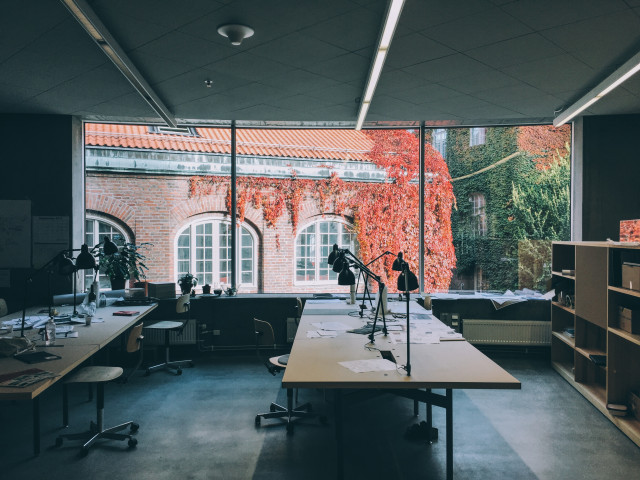Time, space and reality as fundamental anthropological and sociological categories.
Transformation of time, space, and reality.
The role of media technologies in changing processes in relation to their technologies.
Cultural perspectives on time, space, and reality.
The view of time, space, and reality in modernity and late modernity.
The chronotope.
Virtual reality.
Claims on changes in time, space, reality conglomeration.
The goal of the course is to give the students
- knowledge of sociological and historical theories of changing views of time, space and reality
- deeper understanding of the significance of media technology for these change processes
in order to give the students
- a sociological and cultural perspective on the interaction between time, space and reality and separate media
- critical tools and concepts to analyse the claims of change of time, space and reality which are made in connection with designing and advertising media technologies.
